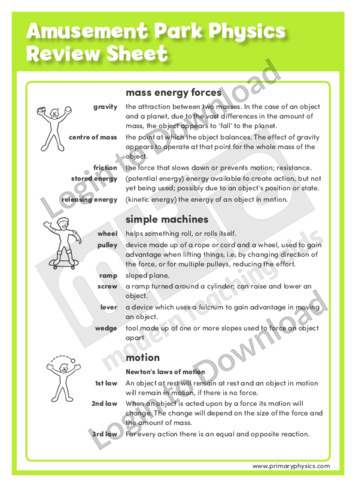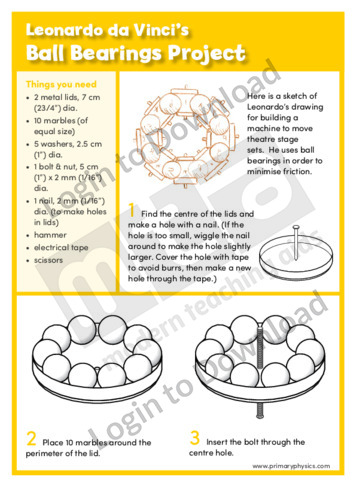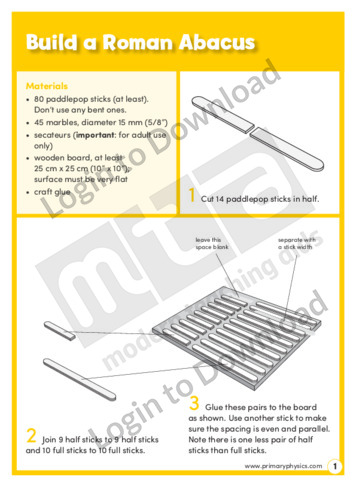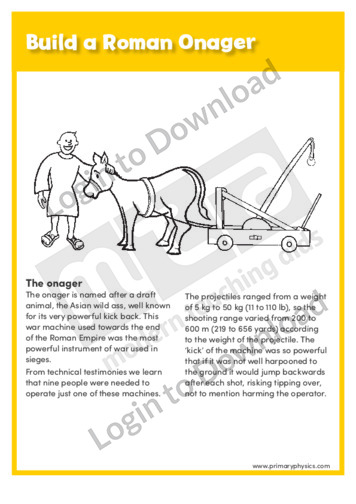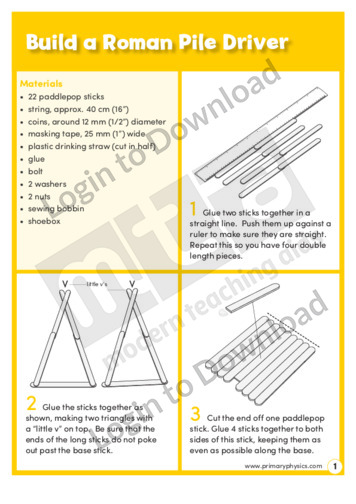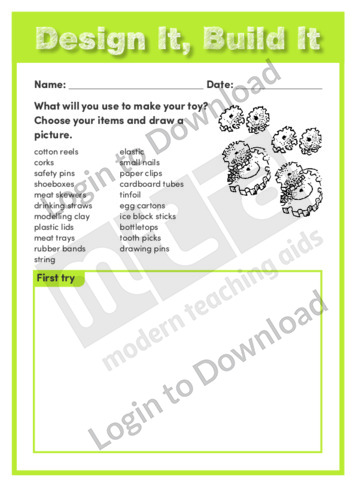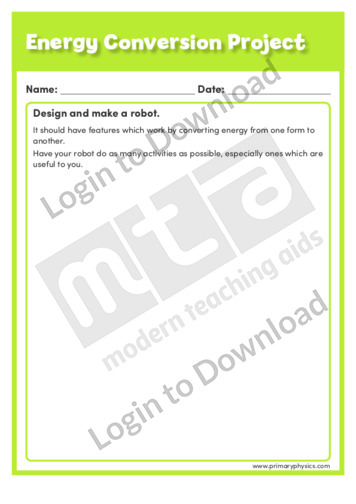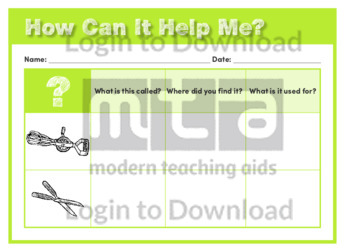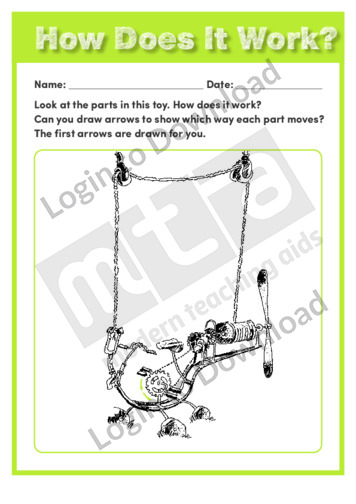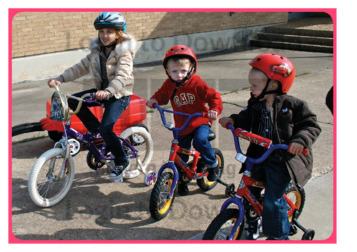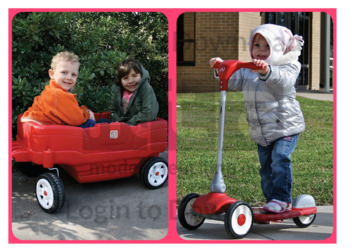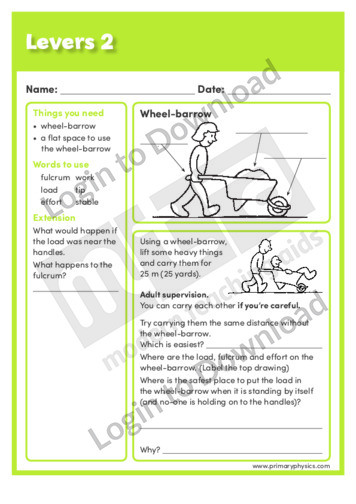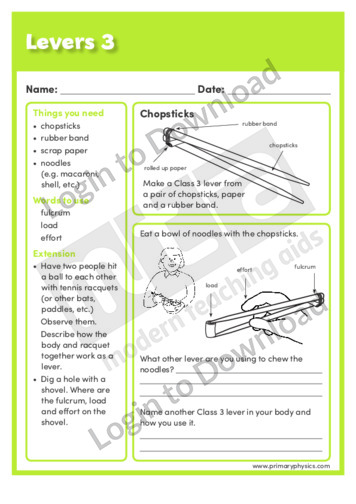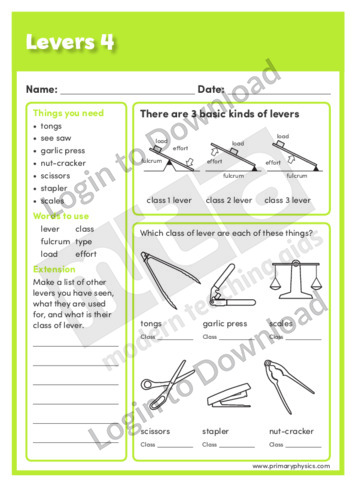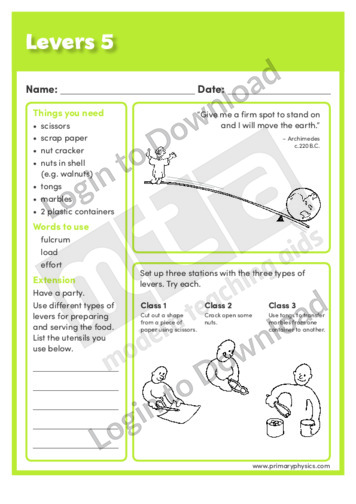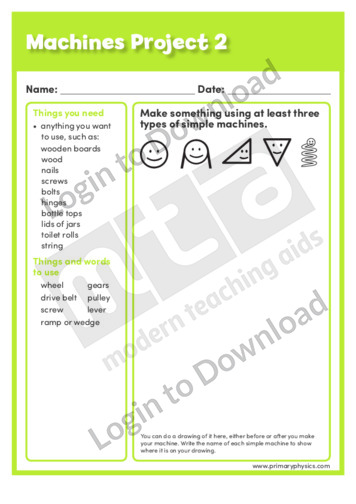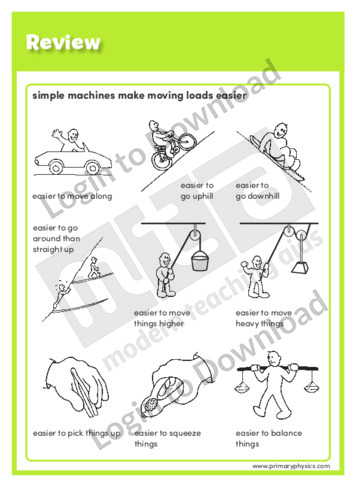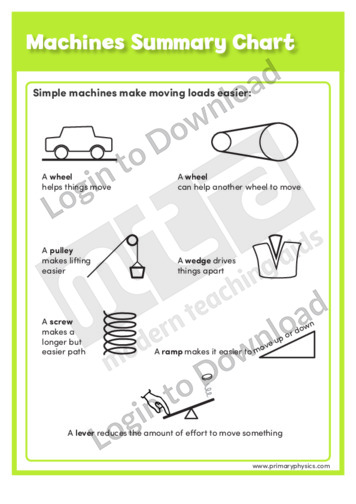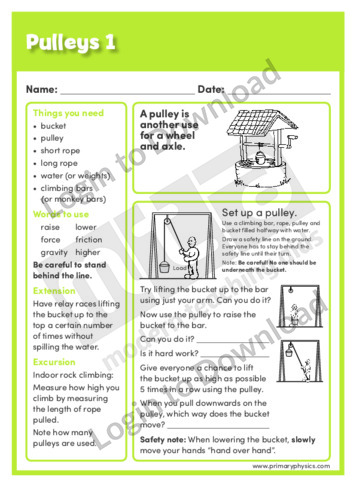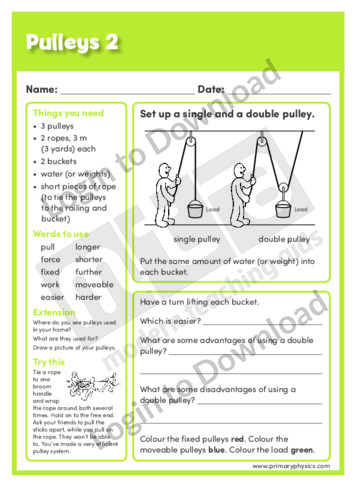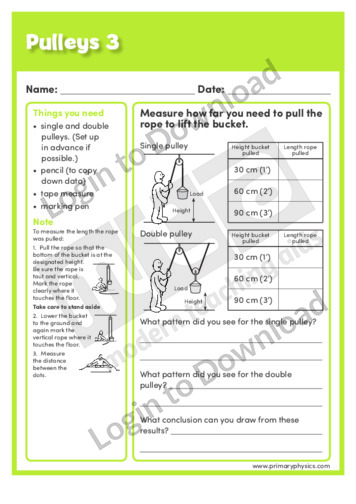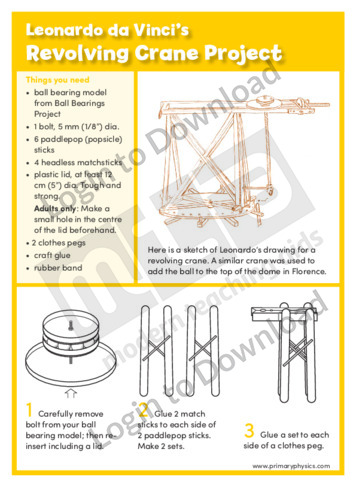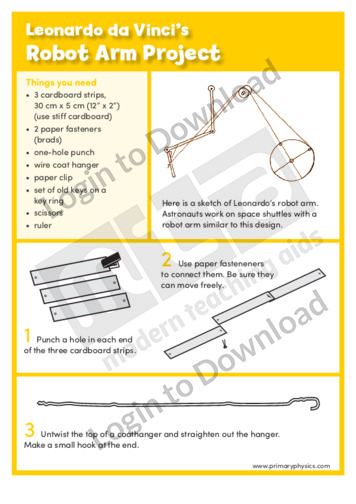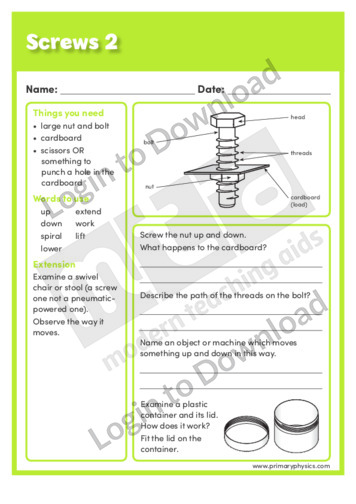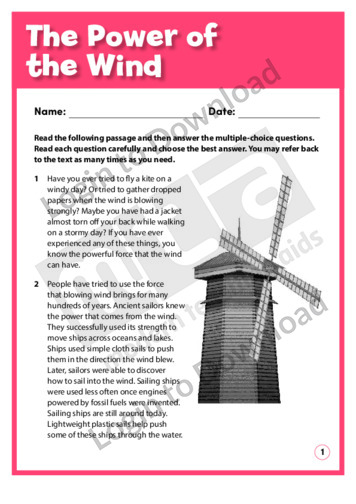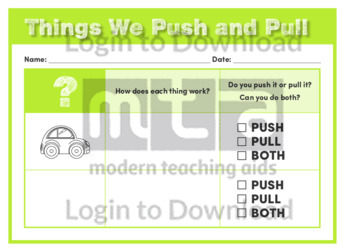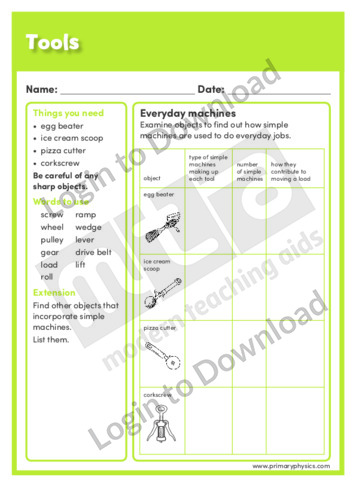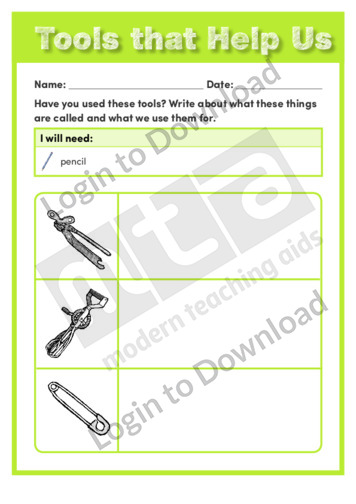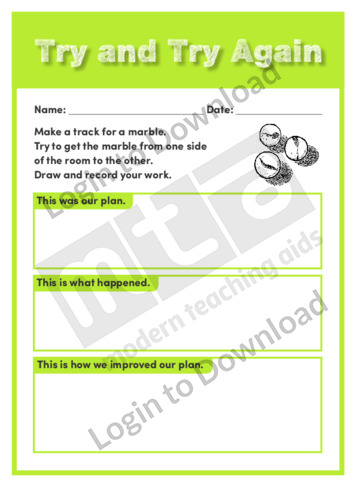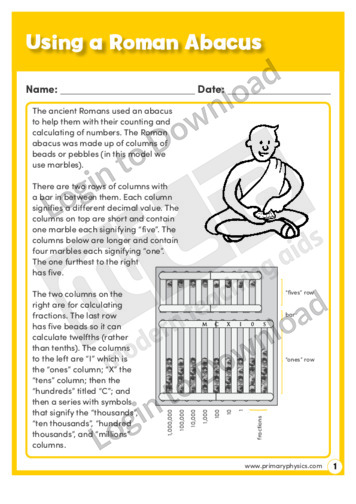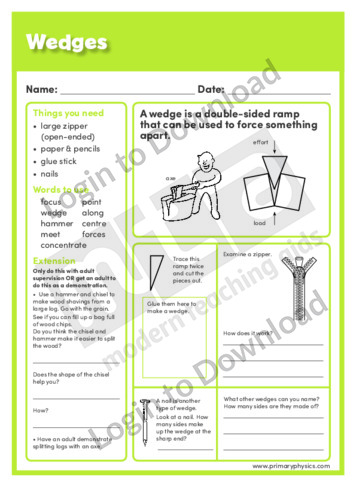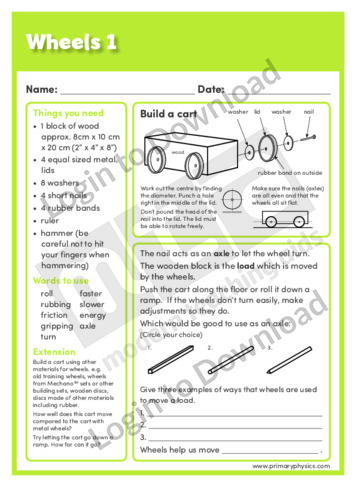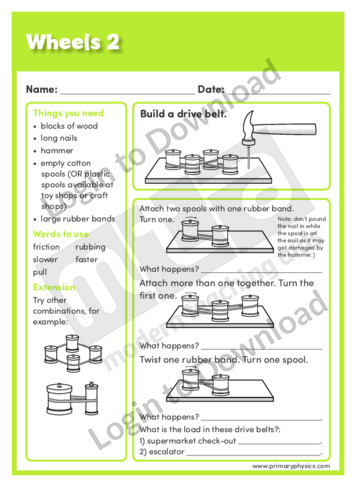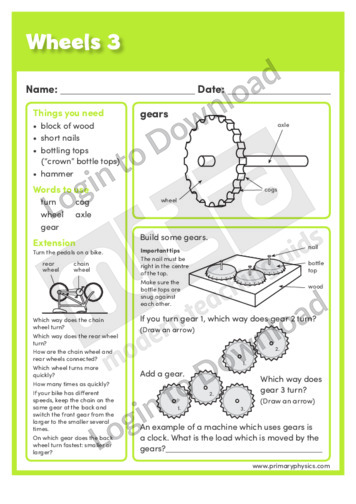This quick reference chart, ‘Amusement Park Physics Review Sheet’ provides a quick summary on simple machines and the basic physics concepts of mass, energy, force and motion.
This hands-on activity, ‘Ball Bearings Project’ asks students to build Leonardo da Vinci’s machine used to move theatre stage sets.
This hands-on activity, ‘Build a Roman Abacus’ asks students to construct a simple Roman Abacus from paddle pop sticks and learn the basic method of its use.
This hands-on activity, ‘Build a Roman Battering Ram’ asks students to construct a Roman Battering Ram from paddle pop sticks and investigate its significance to Roman wartime and reconstruction.
This hands-on activity, ‘Build a Roman Onager’ asks students to construct a Roman Onager from paddle pop sticks and explore its use in Roman wartime.
This hands-on activity, ‘Build a Roman Pile Driver’ asks students to construct a Roman Pile Driver from paddle pop sticks and investigate its significance to Roman construction and warfare.
This hands-on activity, ‘Build a Roman Rolling Tower’ asks students to create a Roman Rolling Tower and explore its importance to Roman wartime.
This physical science worksheet, ‘Design It, Build It’ asks students to select some everyday objects then design, build and trial a toy.
This hands-on activity, ‘Energy Conversion Project’ asks students to design and build a robot to explore the conversion of energy.
This physical science worksheet, ‘How Can It Help Me?’ asks students to consider and record how a variety of everyday tools are used.
This physical science worksheet, ‘How Does It Work?’ supports students to consider the movement that occurs within a simple machine.
This oral language photo activity ‘Bicycles’, enhances vocabulary and concept development by providing a thought-provoking visual stimulus that can be used as a prompt to engage students in discussion. Each photo is complete with an accompanying lesson plan featuring tips and activities to develop oral language and vocabulary further.
This oral language photo activity ‘Cycling’, enhances vocabulary and concept development by providing a thought-provoking visual stimulus that can be used as a prompt to engage students in discussion. Each photo is complete with an accompanying lesson plan featuring tips and activities to develop oral language and vocabulary further.
This oral language photo activity ‘Tractor’, enhances vocabulary and concept development by providing a thought-provoking visual stimulus that can be used as a prompt to engage students in discussion. Each photo is complete with an accompanying lesson plan featuring tips and activities to develop oral language and vocabulary further.
This oral language photo activity ‘Wagon and Scooter’, enhances vocabulary and concept development by providing a thought-provoking visual stimulus that can be used as a prompt to engage students in discussion. Each photo is complete with an accompanying lesson plan featuring tips and activities to develop oral language and vocabulary further.
This hands-on activity, ‘Levers 1’ asks students to investigate the concept of a lever and how the movement of a load is impacted by the efforts location to the fulcrum.
This hands-on activity, ‘Levers 2’ introduces the concepts of fulcrum, load and effort through the use a wheel-barrow.
This hands-on activity, ‘Levers 3’ asks students to make chopsticks and investigate the types of levers involved when students use them to eat.
This hands-on activity, ‘Levers 4’ asks students to explore various types of items and identify which class of lever they belong to.
This hands-on activity, ‘Levers 5’ asks students to explore various types of items and identify which class of lever they belong to.
This hands-on activity, ‘Levers 6’ asks students to make moveable ears and identify the fulcrum, load, effort and class of the lever.
This hands-on activity, ‘Machines Project 1’ asks students to pull apart an old machine and examine how many simple machines and levers they are made up of.
This hands-on activity, ‘Machines Project 2’ asks students to make something using at least three different types of simple machines.
This quick reference chart, ‘Simple Machines Review’ provides a visual reference chart on simple machines and how they make moving loads easier.
This quick reference chart, ‘Simple Machines’ provides a visual reference chart on simple machines and how they make moving loads easier.
This hands-on activity, ‘Pulleys 1’ asks students to build a pulley and investigate how they can provide an advantage when lifting heavy loads.
This hands-on activity, ‘Pulleys 2’ asks students to set up a single and double pulley and investigate how they compare to each other when lifting a load.
This hands-on activity, ‘Pulleys 3’ asks students to investigate and measure how far you need to pull the rope on a single and double pulley to lift the bucket.
This hands-on activity, ‘Ramps’ asks students to build a ramp and investigate how its height impacts upon the rolling distance of an object.
This hands-on activity, ‘Revolving Crane Project’ asks students to build Leonardo da Vinci’s revolving crane.
This hands-on activity, ‘Robot Arm Project’ asks students to build Leonardo da Vinci’s robot arm and explore its relation to movement and physics.
This hands-on activity, ‘Screws 1’ asks students to investigate how a screw is really a ‘rolled up’ ramp.
This hands-on activity, ‘Screws 2’ asks students to investigate how machines we see today use the principle of lifting and lowering something onto a screw.
This informational text, ‘The Life of Leonardo da Vinci’ provides a brief summary about Leonardo da Vinci and the simple machines he had to understand before he could be innovative.
This report, ‘The Power of the Wind’ describes the history, function and uses of windmills over time. It compares wind with fossil fuels as a source of energy. It provides opportunities for students to practise vocabulary and comprehension skills. Answer sheet provided with file download.
This physical science worksheet, ‘Things We Push and Pull’ asks students to determine the forces used to make a variety of objects move.
This hands-on activity, ‘Tools’ asks students to examine objects to find out how simple machines are used to do everyday jobs.
This physical science worksheet, ‘Tools that Help Us’ asks students to identify and write about everyday objects. It supports an understanding of simple machines.
This physical science worksheet, ‘Try and Try Again’ supports students to plan, trial and improve a way of moving a marble across the room.
This hands-on activity, ‘Using a Roman Abacus’ supports students to learn how to use a Roman Abacus and perform simple maths sums.
This hands-on activity, ‘Wedges’ asks students to investigate how a wedge can be used to force something apart.
This physical science worksheet, ‘What Can You Do With Snips?’ asks students to consider and record the ways they can use a simple tool in a variety of settings.
This hands-on activity, ‘Wheels 1’ asks students to build a cart and investigate how wheels help us move load.
This hands-on activity, ‘Wheels 2’ asks students to build a drive belt and investigate how spools can move load.
This hands-on activity, ‘Wheels 3’ asks students to build gears using bottle tops and investigate how they can move load.
It�s that easy!

